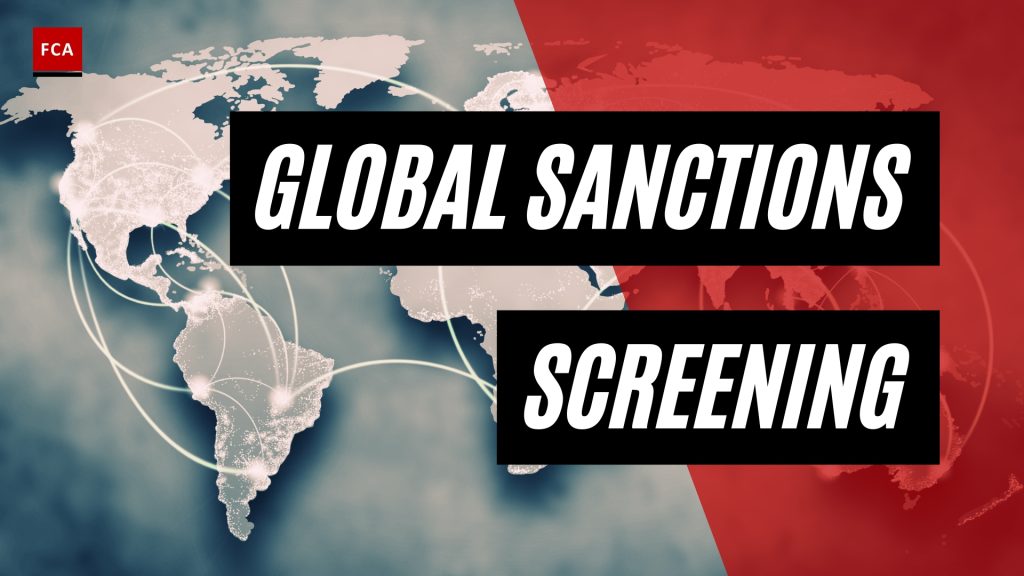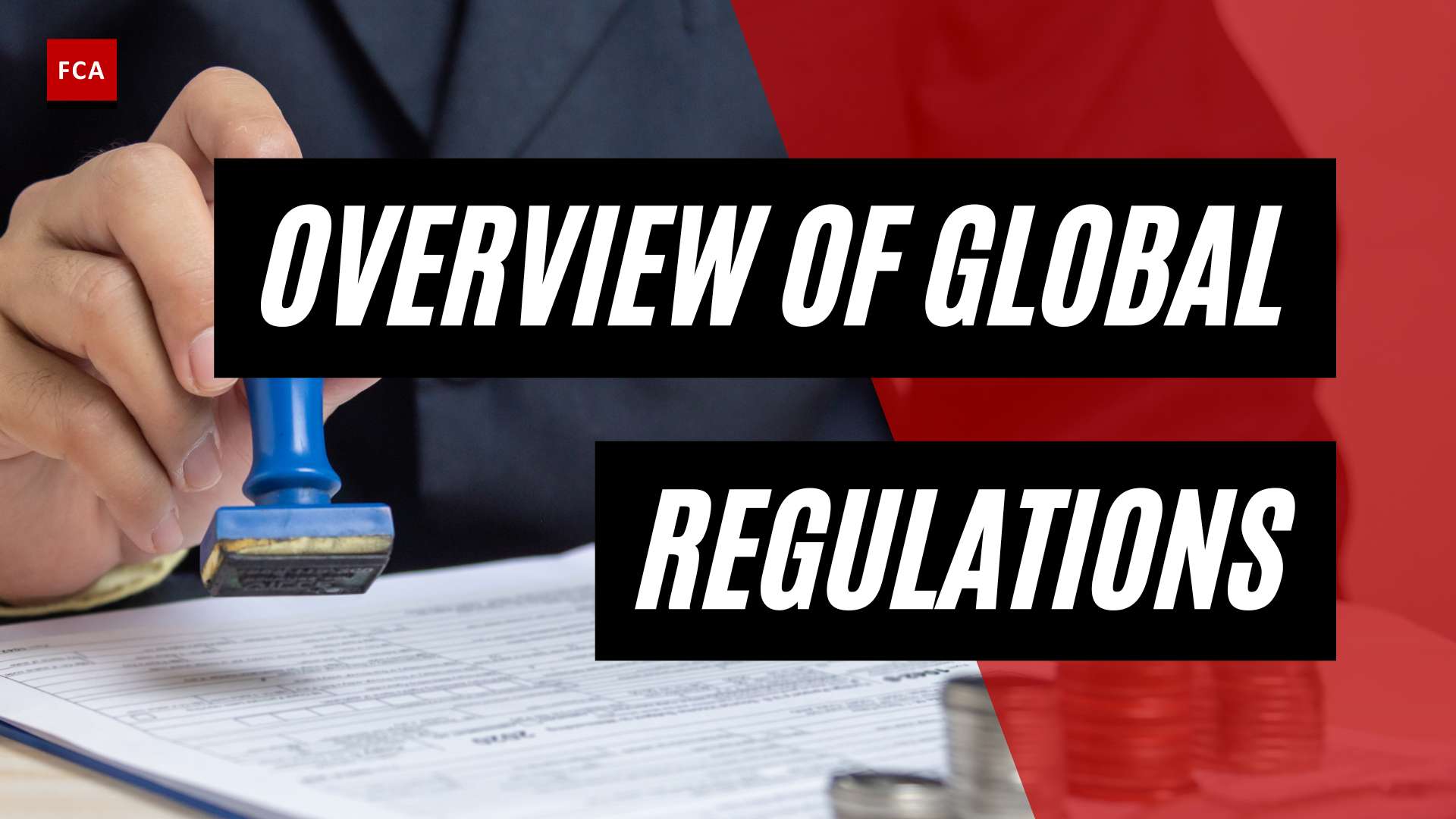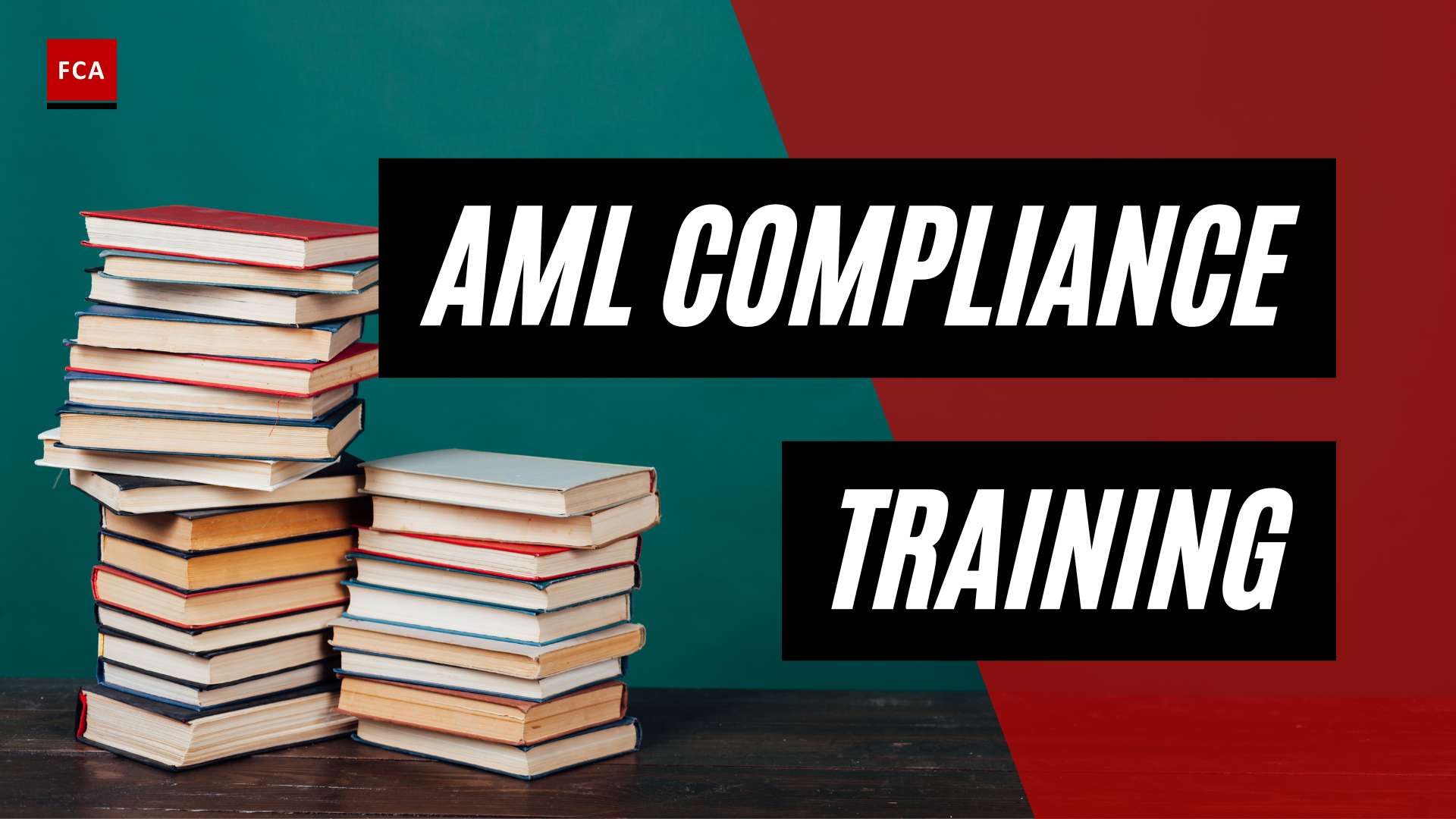Understanding AML Compliance
To effectively combat money laundering and other financial crimes, organizations must adhere to Anti-Money Laundering (AML) compliance measures. AML compliance is crucial in safeguarding the integrity of financial systems and protecting against illicit activities. Understanding the importance of AML compliance and the key components of an AML compliance framework is essential for professionals working in compliance, risk management, and anti-financial crime.
Importance of Anti-Money Laundering (AML) Compliance
AML compliance plays a vital role in preventing criminals from exploiting the financial system to launder money. Money laundering is the process of disguising the origins of illegally obtained funds, making them appear legitimate. This illicit activity enables criminals to hide the proceeds of their crimes, fund terrorism, and evade taxes. By implementing robust AML compliance measures, organizations can mitigate these risks and maintain the integrity of the global financial system.
In addition to preventing financial crime, AML compliance is crucial for organizations to avoid severe legal and reputational consequences. Non-compliance with AML regulations can result in hefty fines, loss of business, and damage to a company’s reputation. Therefore, organizations must establish comprehensive AML compliance programs to ensure they meet regulatory requirements and maintain the trust of stakeholders.
Key Components of AML Compliance Framework
An effective AML compliance framework consists of several key components that work together to identify and mitigate money laundering risks. These components include:
-
Policies, Procedures, and Internal Controls: Organizations must establish robust AML policies and procedures tailored to their specific industry and risk profile. These policies should outline the organization’s commitment to AML compliance and provide guidance on identifying and reporting suspicious activities. Implementing internal controls helps ensure adherence to these policies and procedures.
-
Customer Due Diligence (CDD): Conducting thorough customer due diligence is essential for AML compliance. This process involves verifying the identity of customers, assessing their risk profile, and monitoring their transactions to detect any suspicious activities. Implementing risk-based CDD measures allows organizations to allocate resources effectively and focus on higher-risk customers.
-
Ongoing Monitoring and Reporting: AML compliance requires continuous monitoring of customer transactions to identify any unusual or suspicious activities. Organizations should implement automated monitoring systems and establish processes for reporting suspicious transactions to the appropriate authorities. Real-time sanctions screening plays a crucial role in identifying individuals or entities on global sanctions lists.
-
Training and Awareness: Organizations should provide regular training and awareness programs to their employees to ensure they understand AML regulations, recognize potential money laundering risks, and know how to report suspicious activities. Well-informed employees are a valuable asset in maintaining AML compliance.
By incorporating these key components into their AML compliance framework, organizations can effectively mitigate the risks associated with money laundering and demonstrate their commitment to combating financial crime.
Understanding the importance of AML compliance and the key components of an AML compliance framework sets the foundation for implementing effective measures to prevent money laundering. Organizations must stay informed about evolving AML regulations, leverage advanced sanctions screening tools and software, and continuously evaluate and enhance their AML compliance programs to ensure they meet regulatory requirements and protect against financial crimes.
The Role of Sanctions Screening
Sanctions screening plays a pivotal role in Anti-Money Laundering (AML) compliance efforts. By understanding what sanctions screening is and why it is important for AML compliance, organizations can effectively implement this crucial tool to mitigate financial and reputational risks.
What is Sanctions Screening?
Sanctions screening refers to the process of checking individuals, entities, and transactions against global sanctions lists. These lists consist of individuals and organizations that are subject to economic and trade restrictions due to their involvement in illegal activities, terrorism, or other illicit behaviors. The goal of sanctions screening is to identify and prevent any interactions or transactions with sanctioned parties.
Sanctions screening involves comparing customer data, such as names, addresses, and identification numbers, against these global sanctions lists. This process helps organizations identify any potential matches or hits that require further investigation. Advanced sanctions screening systems utilize sophisticated algorithms and artificial intelligence to enhance the accuracy and efficiency of the screening process. For more information on the sanctions screening process, check out our article on sanctions screening process.
Why is Sanctions Screening Important for AML Compliance?
Sanctions screening is a critical component of an effective AML compliance program. Here’s why it is important:
-
Risk Mitigation: Sanctions screening helps organizations mitigate financial and reputational risks associated with engaging in transactions with sanctioned individuals or entities. By identifying and flagging potential matches, organizations can prevent inadvertently facilitating money laundering, terrorist financing, or other illicit activities.
-
Regulatory Compliance: Sanctions screening is a legal requirement in many jurisdictions. Regulatory authorities, such as financial intelligence units and regulatory agencies, enforce these sanctions to combat money laundering and terrorist financing. Compliance with these regulations is necessary to avoid penalties, legal consequences, and damage to a company’s reputation. Understanding the sanctions screening requirements specific to your jurisdiction is essential. You can find more information on sanctions screening regulations in our article on sanctions screening regulations.
-
Enhanced Due Diligence: Sanctions screening enhances due diligence efforts by providing a comprehensive view of customers, vendors, and business partners. It allows organizations to identify any potential red flags or high-risk individuals or entities that may require additional scrutiny. By conducting thorough sanctions screening, organizations can make informed decisions and minimize the risk of being associated with illicit activities.
Implementing an effective sanctions screening solution is crucial for organizations aiming to achieve robust AML compliance. In our next section, we will explore the considerations and best practices for choosing and implementing a sanctions screening solution. Stay tuned!
Note: It’s important to regularly update your sanctions screening systems and keep them aligned with the latest global sanctions lists to ensure the accuracy and effectiveness of the screening process. For real-time sanctions screening solutions, you can refer to our article on real-time sanctions screening.
Demystifying Global Sanctions Screening
Global sanctions screening plays a crucial role in Anti-Money Laundering (AML) compliance efforts. It helps organizations identify and prevent financial transactions with individuals, organizations, or countries that are subject to economic and trade sanctions. Understanding the basics of global sanctions screening is essential for professionals working in compliance, risk management, anti-money laundering, and anti-financial crime.
Overview of Global Sanctions Lists
Global sanctions lists consist of individuals, entities, and countries that have been sanctioned by regulatory bodies, international organizations, or governments. These lists are created to combat money laundering, terrorist financing, and other illicit activities. Compliance professionals rely on these lists to screen their customers, business partners, and transactions to ensure compliance with regulatory requirements.
Some of the most widely recognized global sanctions lists include:
| Sanctions List | Issuing Authority |
|---|---|
| United Nations Security Council Consolidated List | United Nations |
| Office of Foreign Assets Control (OFAC) Specially Designated Nationals (SDN) List | U.S. Department of the Treasury |
| European Union Consolidated List | European Union |
| Her Majesty’s Treasury (HMT) Consolidated List | United Kingdom |
| Financial Action Task Force (FATF) High-Risk and Non-Cooperative Jurisdictions List | FATF |
These lists are regularly updated to reflect changes in sanctions policies and new designations. Compliance professionals must ensure that their sanctions screening systems are capable of effectively and efficiently checking against these lists.
How Global Sanctions Screening Works
Global sanctions screening involves comparing customer and transaction data against the entries in the sanctions lists. It typically follows a three-step process:
-
Data Collection: Organizations gather relevant customer and transaction data, such as names, addresses, and other identifying information.
-
Screening: The collected data is screened against the global sanctions lists using sanctions screening software or solutions. The screening process compares the data against the entries in the lists to identify potential matches or hits.
-
Investigation and Resolution: If a potential match is found during the screening process, the organization conducts further investigation to determine if it is a true match or a false positive. The investigation may involve verifying additional information and assessing the level of risk associated with the match. Based on the results, the organization takes appropriate action, such as reporting the match to regulatory authorities or implementing enhanced due diligence measures.
To ensure the effectiveness of global sanctions screening, organizations often employ advanced technologies, such as artificial intelligence and machine learning algorithms. These technologies help enhance the accuracy and efficiency of the screening process, enabling real-time sanctions screening and minimizing false positives.
By understanding the overview of global sanctions lists and the screening process, compliance professionals can ensure they have effective measures in place to identify and mitigate financial and reputational risks. Implementing robust sanctions screening solutions and adhering to regulatory requirements are vital steps in maintaining a strong AML compliance framework.
Benefits of Global Sanctions Screening
Implementing global sanctions screening as part of an Anti-Money Laundering (AML) compliance framework offers several significant benefits for organizations. By effectively screening individuals, entities, and transactions against global sanctions lists, financial institutions can mitigate financial and reputational risks, ensure compliance with regulatory requirements, and enhance due diligence and risk management practices.
Mitigating Financial and Reputational Risks
Global sanctions screening plays a crucial role in mitigating financial and reputational risks for organizations. By screening against comprehensive global sanctions lists, financial institutions can identify and prevent transactions involving individuals or entities that are subject to sanctions. This helps to minimize the risk of facilitating money laundering, terrorist financing, or other illicit activities.
By effectively screening transactions in real-time or batch mode, financial institutions can promptly detect and prevent potential violations. This proactive approach helps to safeguard the integrity of the financial system, protect the institution’s assets, and maintain the trust of customers and stakeholders.
Ensuring Compliance with Regulatory Requirements
Compliance with regulatory requirements is a fundamental aspect of AML programs. Global sanctions screening is a critical tool for meeting these obligations. Financial institutions are required to comply with various international, regional, and national sanctions regimes, which are constantly evolving. Failure to comply with these requirements can result in severe penalties, fines, and reputational damage.
By implementing robust global sanctions screening processes and tools, financial institutions can ensure adherence to the latest sanctions regulations. Automated sanctions screening solutions help to streamline the screening process, ensuring comprehensive coverage and reducing the risk of human error. Regular updates to the sanctions lists, coupled with ongoing monitoring, allow organizations to stay current with regulatory changes and maintain compliance.
Enhancing Due Diligence and Risk Management Practices
Global sanctions screening enhances due diligence and risk management practices by providing financial institutions with a deeper understanding of the individuals and entities they engage with. By screening customers, business partners, and counterparties against sanctions lists, organizations can identify any potential risks associated with these relationships.
Effective sanctions screening helps financial institutions to make informed decisions and assess the level of risk posed by a specific individual or entity. By incorporating sanctions screening into their risk assessment processes, organizations can apply appropriate risk mitigation measures and tailor their due diligence efforts accordingly. This enables institutions to protect themselves against exposure to sanctioned entities and individuals, strengthening their overall risk management framework.
In conclusion, global sanctions screening is a vital AML compliance tool that offers significant benefits for financial institutions. By mitigating financial and reputational risks, ensuring compliance with regulatory requirements, and enhancing due diligence and risk management practices, organizations can safeguard their operations, maintain regulatory compliance, and protect the integrity of the financial system. To learn more about the sanctions screening process and available solutions, refer to our related articles on aml sanctions screening and sanctions screening solutions.
Implementing Effective Global Sanctions Screening
To ensure robust anti-money laundering (AML) compliance, implementing an effective global sanctions screening process is crucial. This section explores the key considerations and best practices for implementing global sanctions screening within your AML compliance framework.
Choosing a Sanctions Screening Solution
When selecting a sanctions screening solution, it’s important to consider various factors to meet your organization’s specific needs. Here are some key considerations:
-
Coverage of Sanctions Lists: Choose a solution that provides comprehensive coverage of global sanctions lists, including those issued by regulatory bodies, international organizations, and government agencies. Ensure that the solution updates these lists in a timely manner to reflect the latest changes.
-
Customization and Flexibility: Look for a solution that allows customization to align with your organization’s risk appetite and internal policies. The ability to configure screening criteria, thresholds, and parameters will help tailor the solution to your specific requirements.
-
Scalability and Integration: Consider the scalability of the solution to accommodate your organization’s growth and increasing transaction volumes. Additionally, ensure that the solution can seamlessly integrate with your existing systems and workflows to streamline the screening process.
-
Accuracy and False Positive Reduction: Evaluate the solution’s effectiveness in minimizing false positives. Look for advanced matching algorithms and intelligent filtering capabilities to reduce the number of false alerts, allowing your compliance team to focus on genuine matches.
For more information on sanctions screening tools and software, you can refer to our article on sanctions screening tools.
Best Practices for Successful Implementation
Implementing global sanctions screening requires careful planning and execution. Here are some best practices to consider:
-
Risk-Based Approach: Adopt a risk-based approach to prioritize screening efforts. Focus on high-risk individuals, entities, and transactions that align with your risk assessment framework. This approach allows for efficient resource allocation while effectively mitigating risks.
-
Clear Policies and Procedures: Establish clear policies and procedures for sanctions screening, including guidelines on how to handle potential matches and escalation processes. Communicate these guidelines to relevant stakeholders and ensure regular training to promote compliance awareness.
-
Data Quality and Data Governance: Ensure the accuracy and completeness of data used for screening. Implement robust data governance practices to maintain data integrity, including regular data cleansing, validation, and verification processes.
-
Testing and Validation: Regularly test and validate the effectiveness of your sanctions screening program. Conduct periodic audits and reviews to assess the adequacy of your screening processes and identify areas for improvement.
For more information on the sanctions screening process and requirements, refer to our article on sanctions screening process and sanctions screening requirements.
Ensuring Ongoing Compliance and Monitoring
To maintain AML compliance, ongoing monitoring is essential. Here are some key considerations:
-
Real-Time Screening: Implement real-time sanctions screening to identify potential matches as transactions occur. This enables prompt action and minimizes the risk of non-compliance.
-
Transaction Monitoring: Combine sanctions screening with transaction monitoring to detect suspicious patterns or activities that may indicate money laundering or terrorist financing. Integration of these processes enhances your overall AML compliance program.
-
Regular System Upgrades: Stay updated with the latest software versions and system upgrades provided by your sanctions screening solution provider. These upgrades often include enhancements to screening algorithms, improved match accuracy, and updates to sanctions lists.
-
Internal and External Audits: Conduct regular internal audits and, if required, engage external auditors to assess the effectiveness of your sanctions screening program. These audits help identify any gaps or weaknesses that need to be addressed.
For more information on sanctions screening systems and regulations, refer to our articles on sanctions screening systems and sanctions screening regulations.
By selecting an appropriate sanctions screening solution, implementing best practices, and ensuring ongoing compliance and monitoring, your organization can effectively mitigate financial and reputational risks associated with money laundering and sanctions violations.








